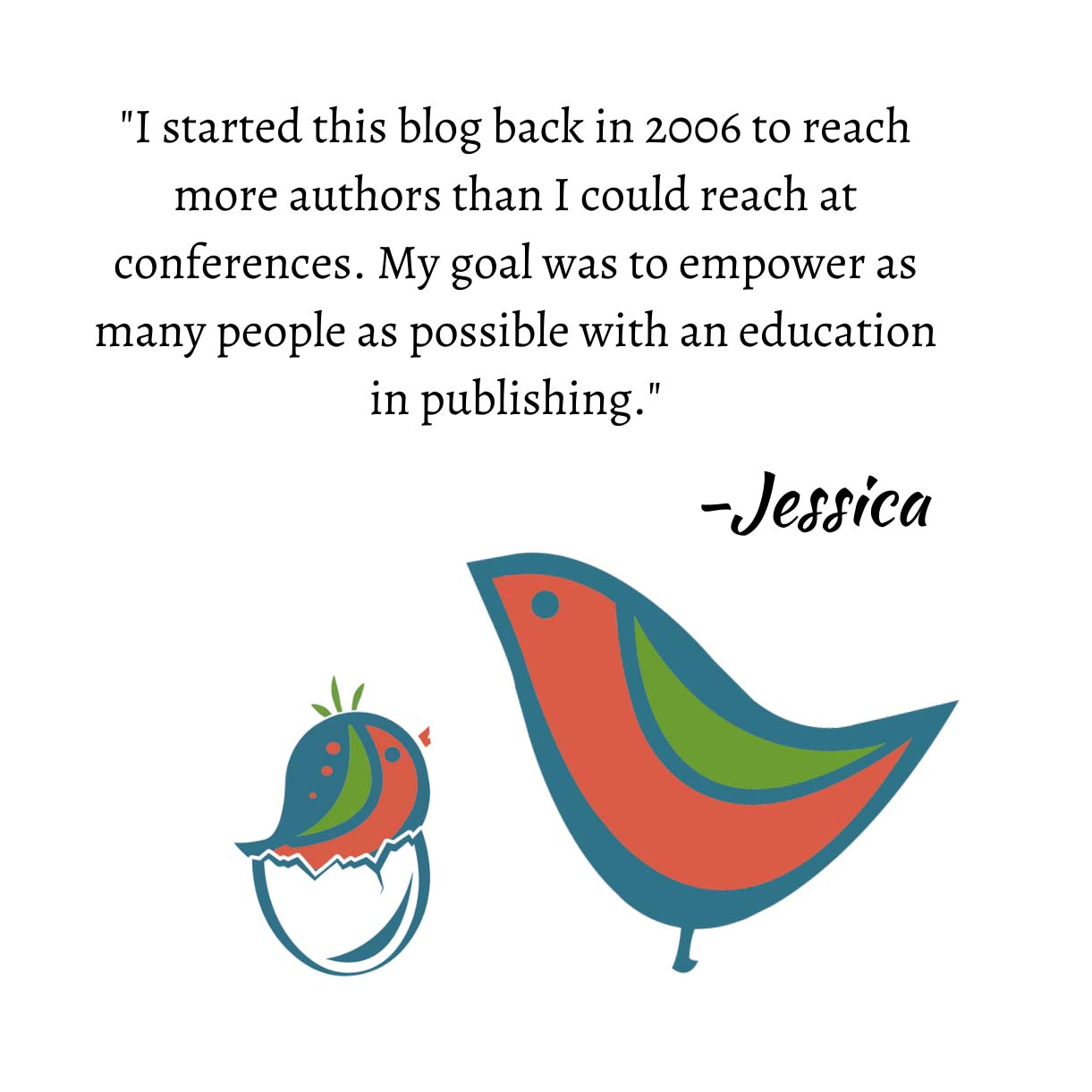The Stages of an Edit
- By: Jessica Faust | Date: Nov 10 2011

When signing the first contract, authors will always ask what’s next, what’s the next step in the publishing process, and usually it’s edits. While certainly every publisher and every editor is different, here’s what you can typically expect.
Revisions: These usually come from your acquisitions editor, the editor who made the offer and “bought” your book. Revisions can be as intense or as simple as the editor feels is needed, and how revisions come can differ from editor to editor. Some might print out a copy of the manuscript and make marks all over the page, while others could send a simple two-paragraph email explaining what needs to be done. Personally, I always fear the shorter revisions, they usually contain the most work. Things like “The entire second half of the book isn’t working,” instead of specifics like “Tone down the character in this scene.”
Line Edits: Once revisions are turned in, and the editor finds them acceptable, she’ll do line edits. This is where she scrolls through the manuscript to make sure there are no other problems or inconsistencies. She’ll look for things like a change in dress color and make sure that a plot change is carried through. Sometimes line edits will be sent back to the author, but more often they’ll simply be made and sent to the copyeditor so that you can look at line edits and copyedits at one time.
Copyedits: These are done by a freelance copyeditor. This is when the nitty-gritty of the book is taken care of. The copyeditor’s job is to check grammar, punctuation, spelling, and consistency. If you have a lot of odd spellings or characters in your book, I would always recommend a style sheet be submitted with your manuscript to the copyeditor so that she knows the spelling of names, or the spelling you choose, and can keep things consistent from book to book.
Proofreading: This is when the book has been taken to the printer and designed into final pages. You have one final chance to review the book, to proofread, and make sure no errors were made in the printing, layout, and design. At this point you cannot make major plot changes, but simply correct small, minor errors.
Jessica

This is helpful information, informative reading as all your posts are.
Very good to know! I always put revisions and line edits in the same round, so it's interesting to see them separated out (and explains why people always seem to be in edits. LOL). In fact, it might be good to do my own edits in this sequence.
Thank you for this!
Thanks for this! That was very helpful.
How long are authors usually given to complete each stage of revisions? When you suggest/request revisions from your authors, who long do they usually take to return them? Thanks again!
I'm in the midst of editing now. This is very helpful.
Morgan Mandel
https://www.morganmandel.com
https://morganmandel.blogspot.com
Thanks for lining this out so simply. Always love your info.
This is awesome, I wish I'd had it a few months ago! LOL! Having gone through all but the proofreading part now, it's interesting to see the order. And now I know what the style sheet was for. lol…I got that with my copyedits and was like what the heck is this for? This is one of those highly needed posts that new authors will soak up! Thank you!
Thanks so much for this! I'm ramping up to enter this part of the writing world for the first time, and this answered a lot of questions I had. Very straightforward and informative.
Wonderful post. Very accurate and helpful, too!
Thank you. This is very helpful.
Thanks for this useful information about what to expect. The short revision letters, I imagine, are nerve-wracking for the author, because they can either mean everything's fine or, more likely, the book needs so much work overall that it wasn't worth listing a lot of individual points. Yeesh.
Good advice about the style sheet! I've got a few intentional oddities in my books, and kind of worried somebody would try to change them out of ignorance or stubbornness or something.
I enjoy reading the new blogs from LLC and also everyone's comments-I shudder when I think of sending in my book and having an editor or whomever see all of the things I don't know-and those that I know I don't know etc-lol-A sense of humor will sustain me I guess–Thanks for these blogs-
I enjoy reading the new blogs from LLC and also everyone's comments-I shudder when I think of sending in my book and having an editor or whomever see all of the things I don't know-and those that I know I don't know etc-lol-A sense of humor will sustain me I guess–Thanks for these blogs-
Excellent and useful information. Thanks for posting.
It's really a good idea to go through this same process before submitting your work. An experienced 'beta' or writing partner can help you work through revisions as well as offer another perspective on plot holes, character development and theme arcs.
Not having gone through this process yet, I have wondered about it. I had a rough idea but this info was specific and helpful. Thanks.
This is a good common sense article. Very helpful to one who is just finding the resources about this part. It will certainly help educate me.
Great job Jessica on this helpful topic. We just posted it on the Writing Platform Facebook page.